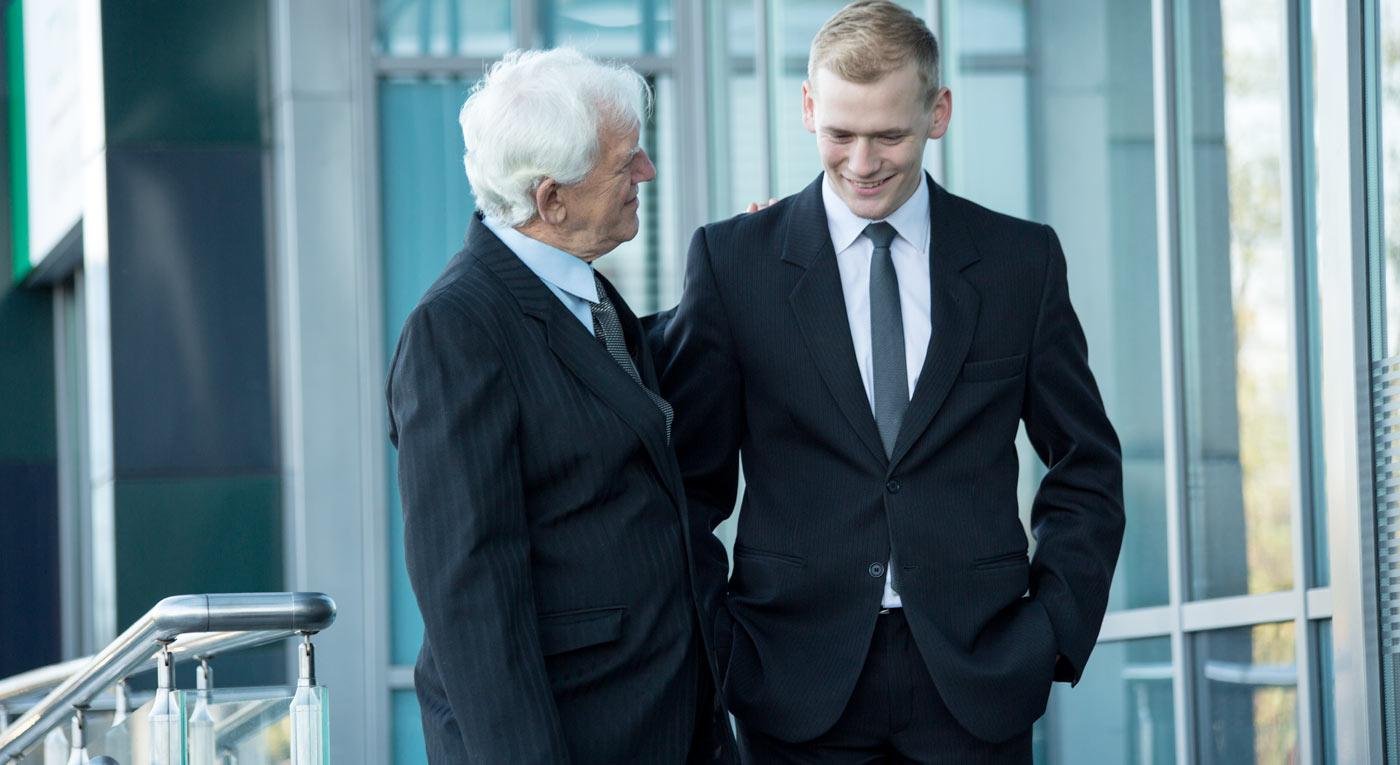Transferring a business across generations is not simply a matter of legal formality or financial engineering. It’s a labyrinthine journey, filled with emotional subtleties and strategic decision points that will define the enterprise’s long-term resilience—or unravel it. Whereas inheritance might suggest the passing of merely tangible assets, at its most significant, succession must facilitate the transmission of core principles—values, ethos, vision—that constitute an organization’s very soul.
The numbers tell an unnerving narrative. Nearly 97% of family businesses stumble before reaching a fourth generation under the same ownership—a statistic frequent enough to make one wonder about inevitability. Paradoxically though, 87% of surveyed owners believe that having a robust succession plan is indispensable for smooth handover; yet only 17% actually possess such formalized arrangements within their operations. The incongruity highlights planning inertia: awareness alone seldom begets action.
Patriarchs and matriarchs who assume their philosophies “trickle down” organically may discover—painfully so—that implicit standards become diluted without deliberate effort and open dialogue (strangely similar to how confidential memos can lose meaning once printed but left unread on someone’s desk). What cultivates continuity isn’t just hereditary leadership but institutional memory: stories retold at board meetings; philosophical debates between siblings over whether prudence outweighs boldness in fiscal matters; archival minutes debated decades later by newly minted vice presidents whose kinship ties are tight but whose entrepreneurial tempers fluctuate wildly.
Family governance structures offer scaffolding upon which enduring traditions cling precariously during tumultuous transitions. These protocols range from family constitutions to advisory boards populated with stakeholders representing varying degrees of relation (not always blood-bound). Such entities clarify voting rights and succession benchmarks while codifying recitations of mission statements—statements which ideally inspire more than they constrain.
For instance, periodically convened family assemblies provide venues for younger members to challenge orthodoxy or articulate ambitions outside mere stewardship roles. In many ways—and this can cause friction—the process demands simultaneous respect for founders’ original intent as well as adaptability to evolving markets and technological disruptions no ancestor could have foreseen.
Beneath these pragmatic mechanics lies something subtler yet profound: legacy as identity architecture. When future leaders internalize not just numerical targets but also customer-centric tenets or philanthropic objectives branded into organizational DNA years prior—their actions begin reflecting generational wisdom almost incidentally rather than by rote memorization alone (like learning geometry through dance instead of blackboard equations).
Except sometimes families become so enthralled by tradition that they stifle necessary innovation; conversely some new heirs discard inherited principles in pursuit of novelty—with comparably disastrous results either way! Securing longevity thus hinges less on unwavering consistency than on knowing when foundational convictions warrant invocation versus revision.
Education also occupies center stage—not always via MBAs or executive coaching but frequently informal mentorships where successors are cycled through diverse operational units before acceding control. Herein lies something curious: A number have argued these cross-functional immersions build broad expertise among next-generation stewards when in truth even successful enterprises occasionally promote individuals based solely on seniority regardless skillset depth—which hardly optimizes enterprise health nor fulfills legacy ambitions effectively every time! Actual outcomes often reveal human fallibility baked into procedural rigor.
Moreover, if communication lapses—uncertainties metastasize rapidly throughout both familial ranks and workforce at large leading frequently to internecine disputes undermining corporate initiative altogether (a phenomenon seen everywhere except perhaps amongst trilobites). Transparency around performance metrics combined with accessible grievance redressal channels offers relief valves against such dissonance although some intergenerational friction remains unavoidable given differing risk appetites between elders preferring preservation versus successors anxious for expansionist maneuvers.
Interestingly enough transition timelines mimic no predictable sequence; one sibling could prosper under mentorship while another flourishes independently then later returns reinvigorated—which gives rise simultaneously to hopefulness about flexibility within dynastic enterprises but induces chaos unless overseen judiciously by third-party advisors versed in dispute mediation as well as estate law intricacies!
With all this complexity it becomes clear why experts advocate not postponing difficult conversations regarding legacy transfer lest adverse events force hurried appointments damaging both reputation and morale irreversibly (except maybe) during global economic booms when optimism can mask operational cracks temporarily—but only temporarily since reality eventually punctures inflated confidence universally sooner or later!
Despite innumerable frameworks proposed for streamlined multigenerational transition—not one possesses panacea-like efficacy applicable across geographies/cultures/industries uniformly—it is persistence coupled with humility plus synchronized vision recalibration among old guard/new vanguard alike that most reliably perpetuates legacies built painstakingly over decades if not centuries already elapsed formalizing dreams sprung from founding hearts long ago—and almost forgotten were it not for deliberate stewardship renewed each dawn anew regardless market cap fluctuations overnight—or boardroom squabbles erupting briefly then settling into silence over coffee brewed strong just like grandfathers once did themselves without fail each morning rain-or-shine albeit none recall precisely what blend he favored after all these years gone past in quiet reflection awaiting tomorrow’s promise unfolding presently now still again evermore invariably unpredictable until fate decides otherwise perhaps suddenly henceforth onwards forever pending consideration et cetera






